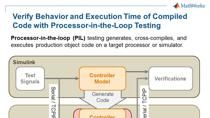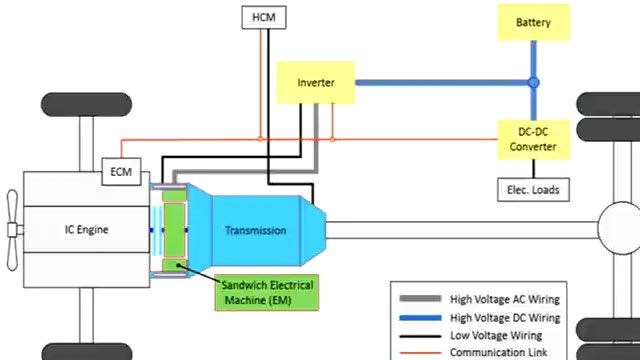Deploying Motor Control Algorithms on Microchip dsPIC, PIC32, and SAM Controllers
Patrick Heath, Microchip
Hithesh CN, Microchip
Overview
This webinar shows how to use Simulink, the new Motor Control Blockset, and the Embedded Coder to generate C code from motor control algorithms and deploy them to Microchip’s dsPIC digital signal controllers (DSCs), PIC32 and SAM microcontrollers (MCUs). Starting with a sensorless Field-Oriented Control (FoC) algorithm modeled in the Motor Control Blockset, we will use the Embedded Coder to generate optimized code for a Microchip motor control device. The code generation workflow will feature the use of the MPLAB Device Blocks for Simulink, which provides an integrated development environment and toolchain for configuring and generating all the necessary software to execute complex applications on Microchip MCUs and DSCs. In addition, MPLAB Device Blocks for Simulink includes a Simulink embedded target for Microchip devices with peripheral device blocks and drivers.
Highlights
- Simulating sensorless Field Oriented Control (FOC) algorithms in Simulink and using the Motor Control Blockset
- Generating optimized, production ready code with the Embedded Coder
- Deploying code to Microchip’s dsPIC DSCs, PIC32 and SAM MCUs using MPLAB Device Blocks for Simulink
About the Presenters
Patrick Heath: Microchip
Patrick is the Motor Control Marketing Manager for Microchip’s MCU16 Division, which includes the dsPIC family. He has nearly 40 years of experience working in the semiconductor industry split between Motorola and Microchip with a focus on supporting digital power and motor control applications.
Hithesh CN: Microchip
Hithesh is a Motor Control Application Engineer in Microchip’s MCU16 Division. He has a Master’s Degree in Power Electronics and is currently working on various Motor Control algorithms and simulations using Microchip's dsPIC family of DSC devices.
Brian McKay: MathWorks
Brian McKay is a Technical Marketing Manager specializing in MathWorks solutions for embedded systems customers. He has been building customer solutions that combine MathWorks software with embedded hardware for over 20 years.
Recorded: 30 Jul 2021




